Arizona Trail Approach Day 5: Vermilion Cliffs National Monument
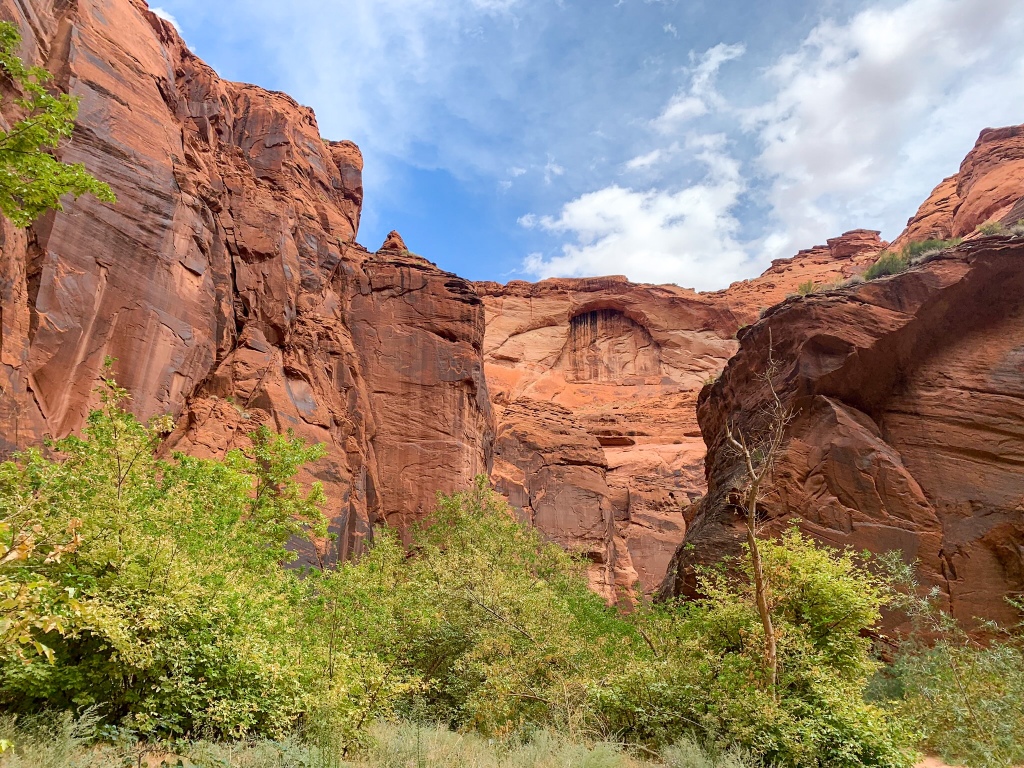
Paria Canyon-Vermilion Cliffs Wilderness, Vermilion Cliffs National Monument
Dawn finds me encamped at Big Springs in central Paria Canyon within Paria Canyon-Vermilion Cliffs Wilderness at Vermilion Cliffs National Monument, preparing to continue hiking upcanyon. I get another slow start than I’d like, this time due to weather. Expecting potential rain and knowing about remnants of Tropical Storm Lorena in area, and in relatively safe spot with all my backpacking gear prepped for rain, I opt to wait. Flash floods are the top weather-related killer in the country, and people die every year in the Southwest due to them, where the terrain is particularly friendly to such events.
The ground can’t absorb the intense rainfall that comes with the monsoon and tropical storm remnants here, so the vast majority runs off. In narrow canyons, inches of water become feet, which quickly become less like a wall of water and more like a churning mudslide carrying boulders and trees. Flash floods in the Southwest can’t be outrun; the best way to deal with them is to avoid them to begin with and to always be aware of an exit route. They can strike even when the weather is good at your location if drainages upstream are experiencing precipitation.
In this case, though, none comes.
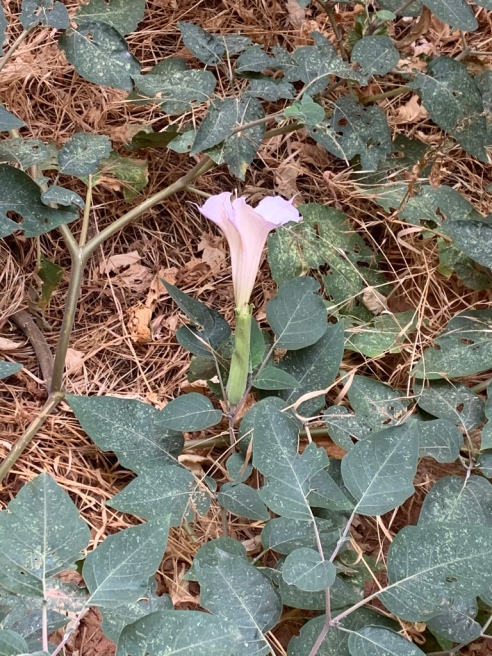
Paria Canyon-Vermilion Cliffs Wilderness
Vermilion Cliffs National Monument
So with a sunny blue sky I pack up and head out to cut off some miles to Wire Pass or White House (where a contact has been pressuring me to go). So far, seems like a sound choice.
Central Paria Canyon
The Parìa follows a narrow winding course westward through narrow canyons.

Paria Canyon-Vermilion Cliffs Wilderness
Vermilion Cliffs National Monument
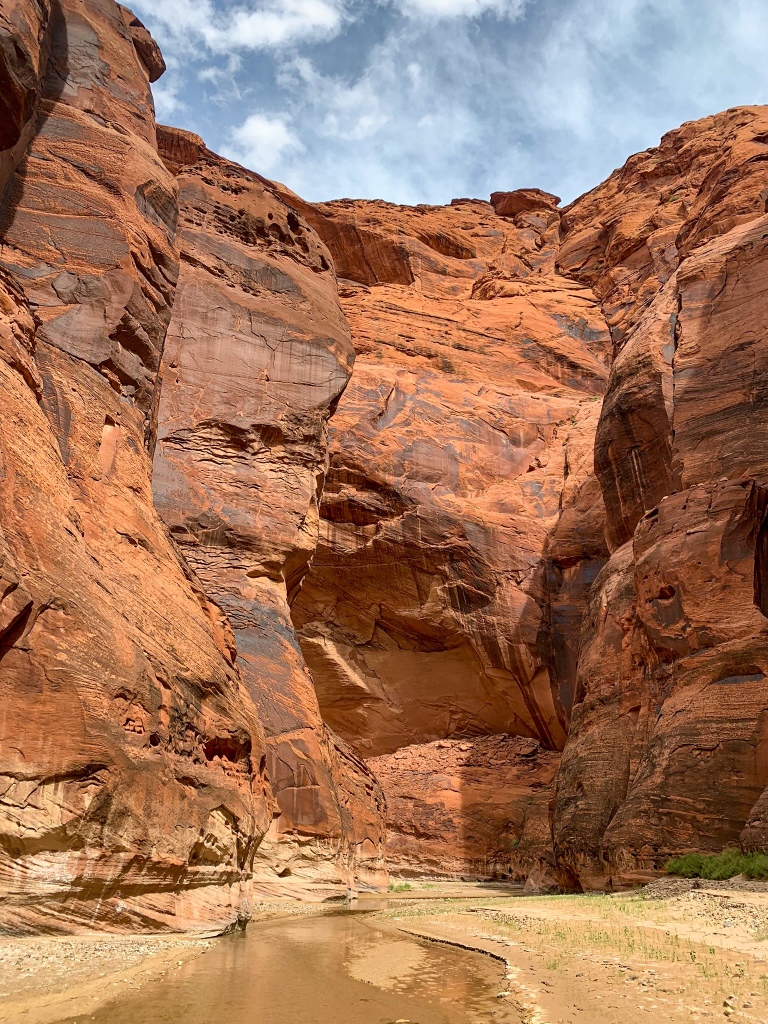
Vermilion Cliffs National Monument
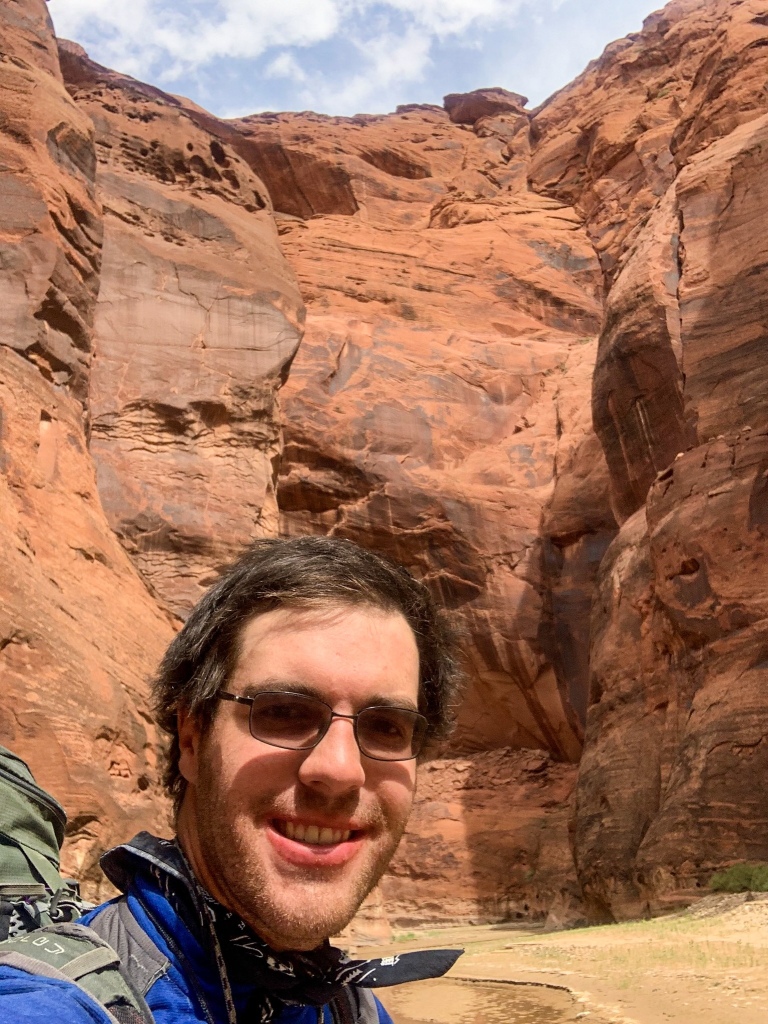
Vermilion Cliffs National Monument
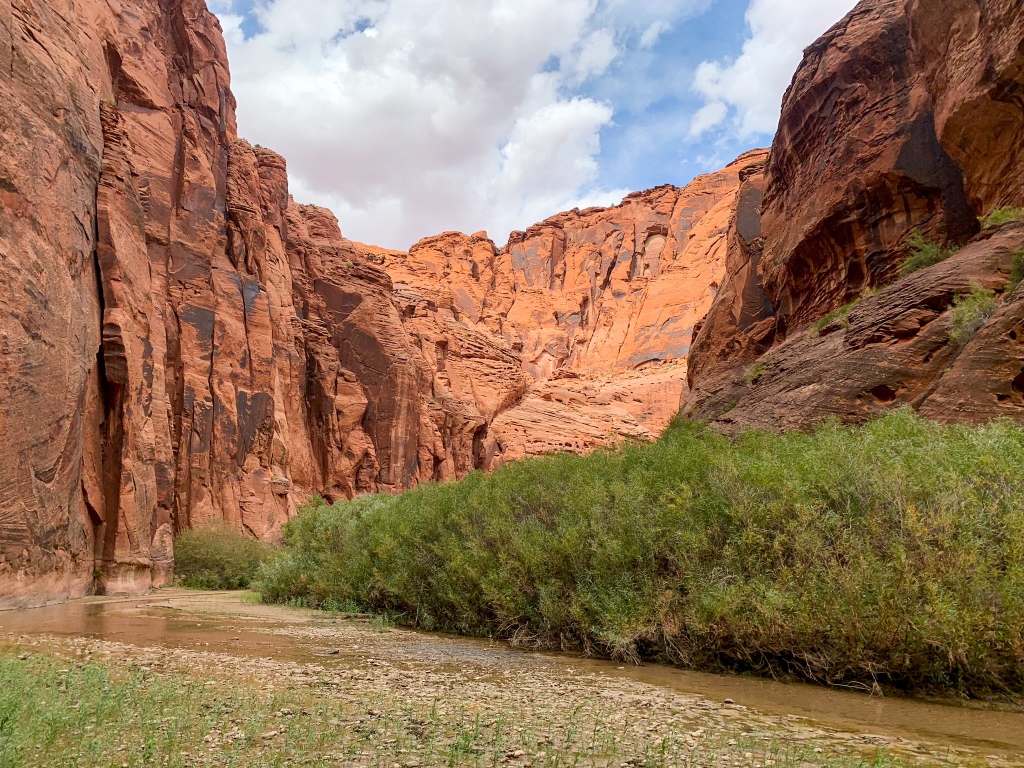
Vermilion Cliffs National Monument
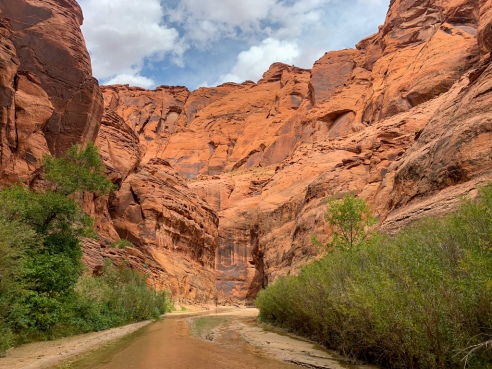
Vermilion Cliffs National Monument
Upper Paria Canyon
Around 1 PM, clouds start moving in and humidity builds, but still no sign of rain. The trail passes gorgeous red rocks and geological features like some of the most obvious fault lines that I’ve ever seen.
I make it about 5 miles up canyon and camp near the confluence of Buckskin Gulch and Paria at a high water site just in case anything comes down. Across the river I meet Raj and Philip and we talk under the stars for several hours. Raj loans me a power bank, as my batteries are starting to run low in the shady canyons with highly limited solar charging. No rain or water comes tonight either, and we head to bed.
The light today wasn’t great for photos in the afternoon, so I kind of had to make the best of it.

Paria Canyon-Vermilion Cliffs Wilderness
Vermilion Cliffs National Monument
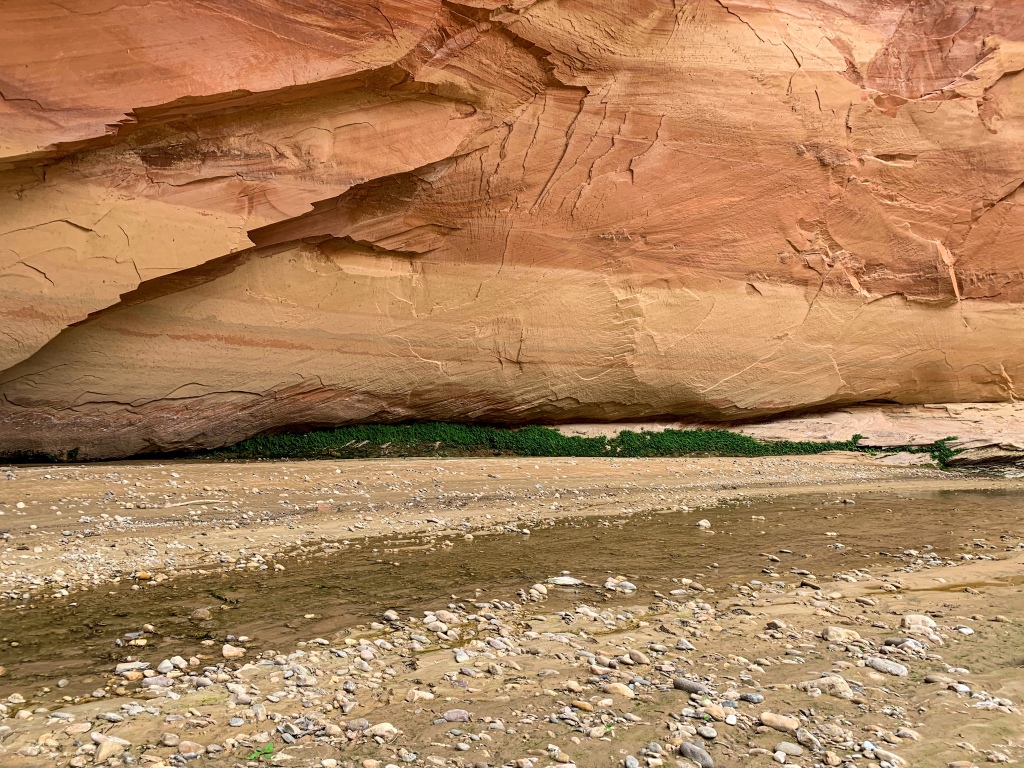
Paria Canyon-Vermilion Cliffs Wilderness
Vermilion Cliffs National Monument
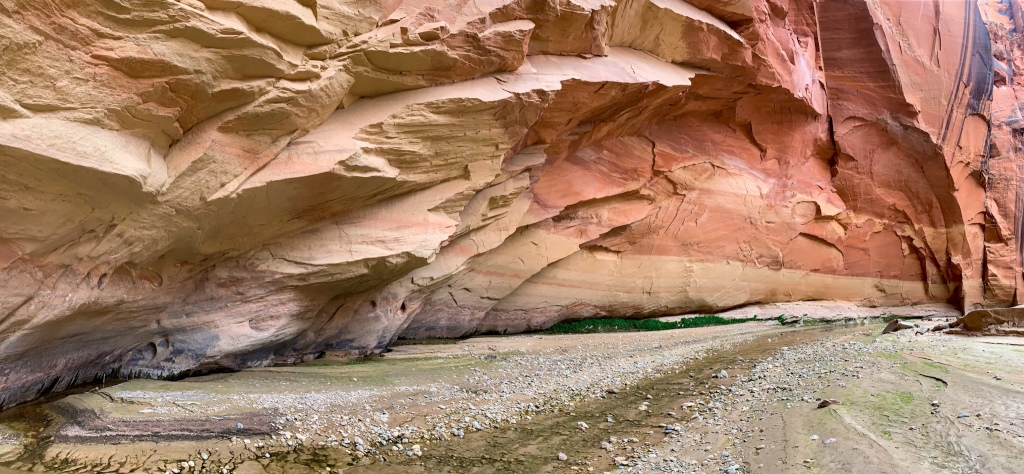
Paria Canyon-Vermilion Cliffs Wilderness
Vermilion Cliffs National Monument
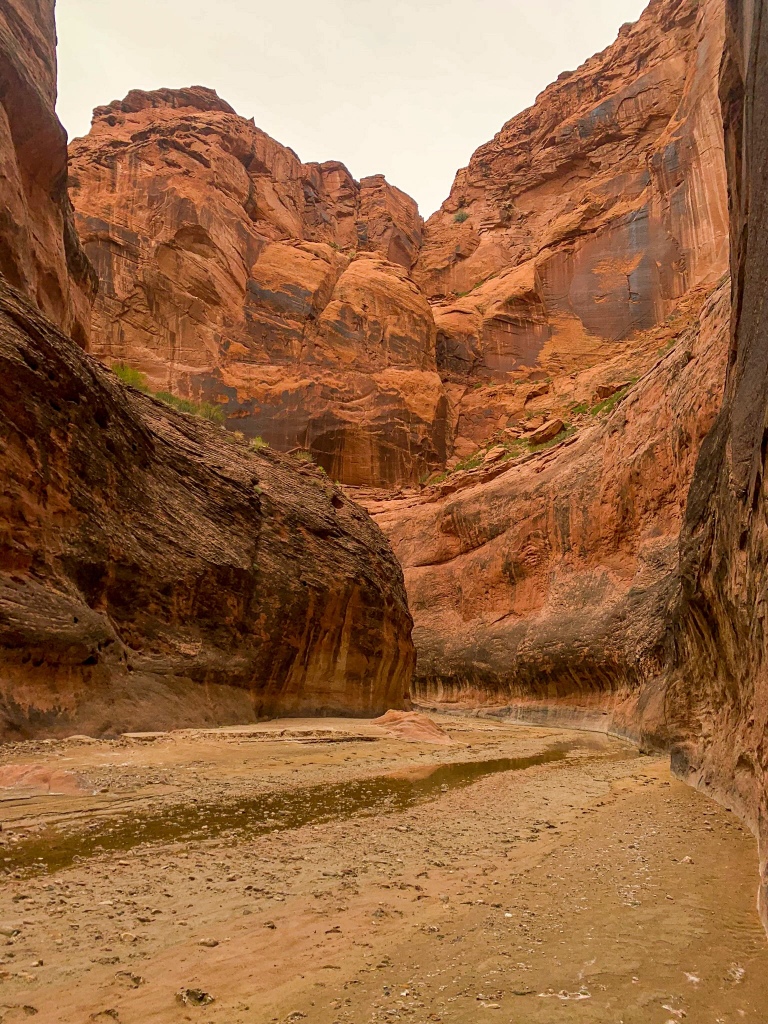
Vermilion Cliffs National Monument
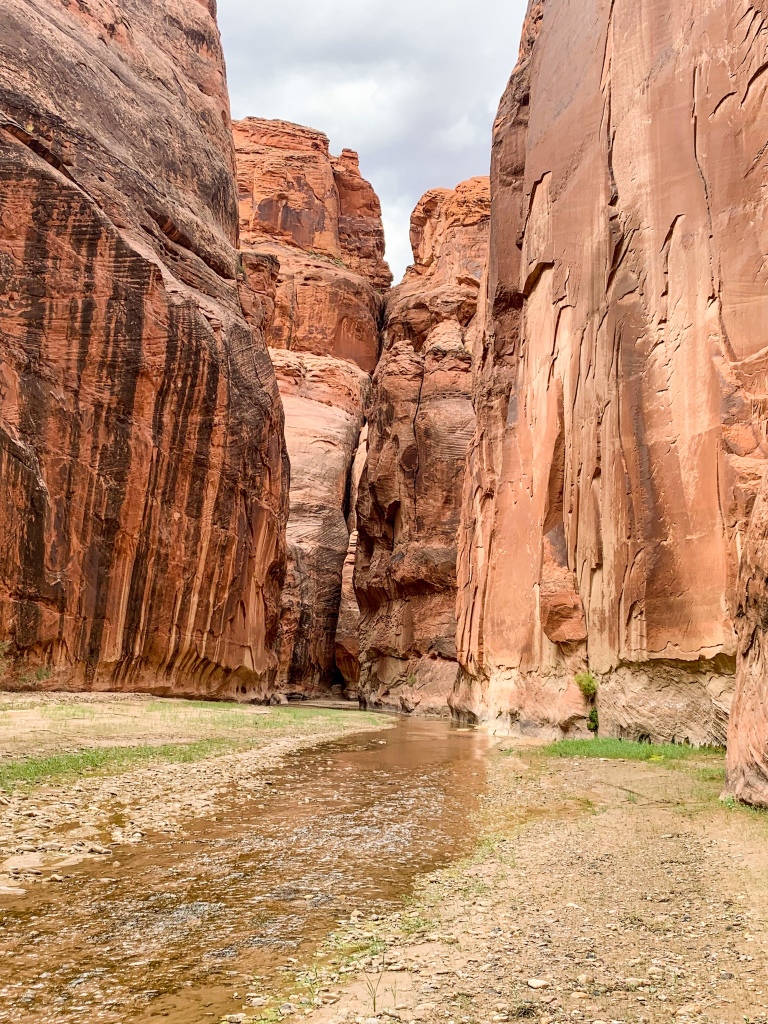
Vermilion Cliffs National Monument
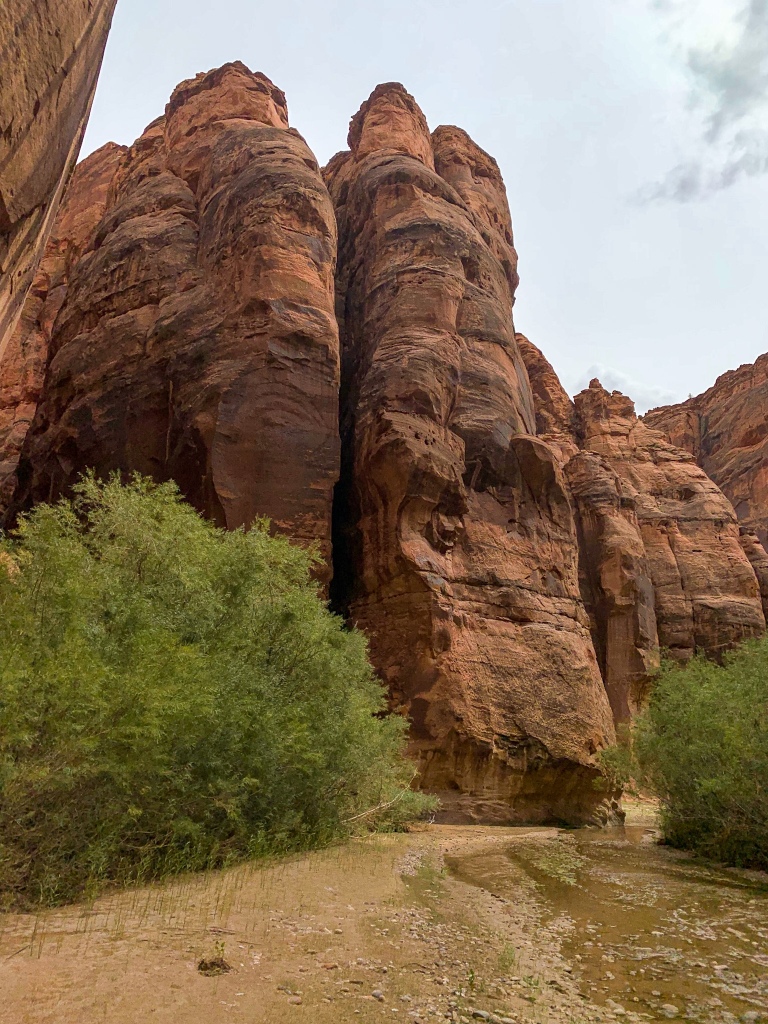
Vermilion Cliffs National Monument
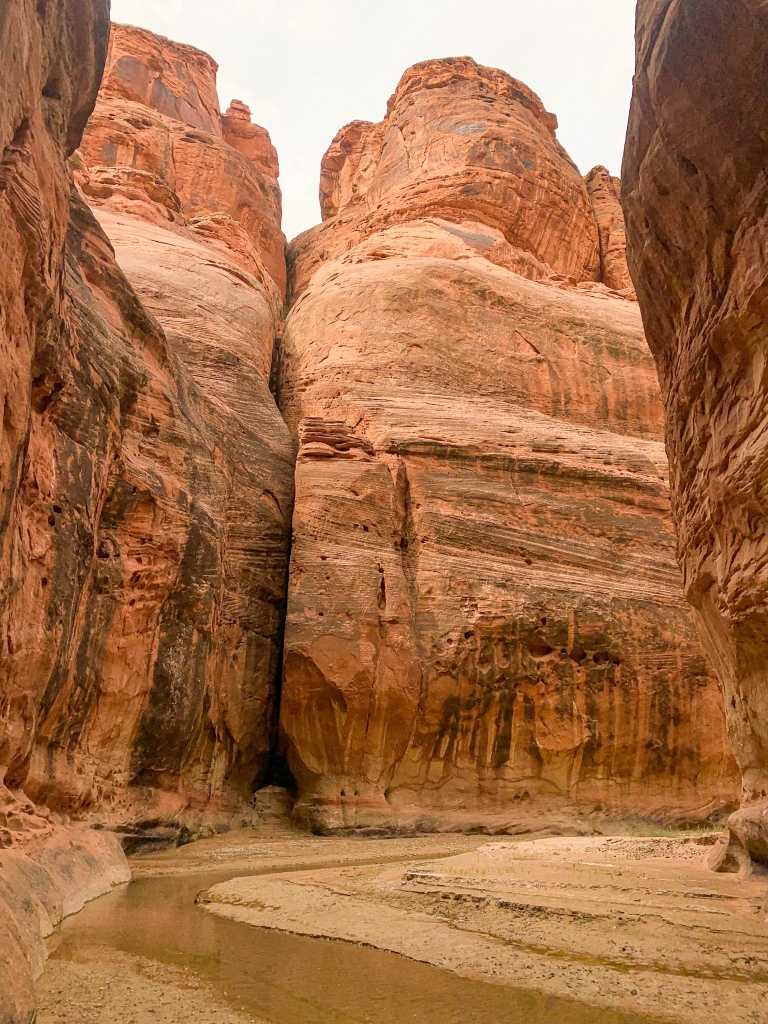
Vermilion Cliffs National Monument
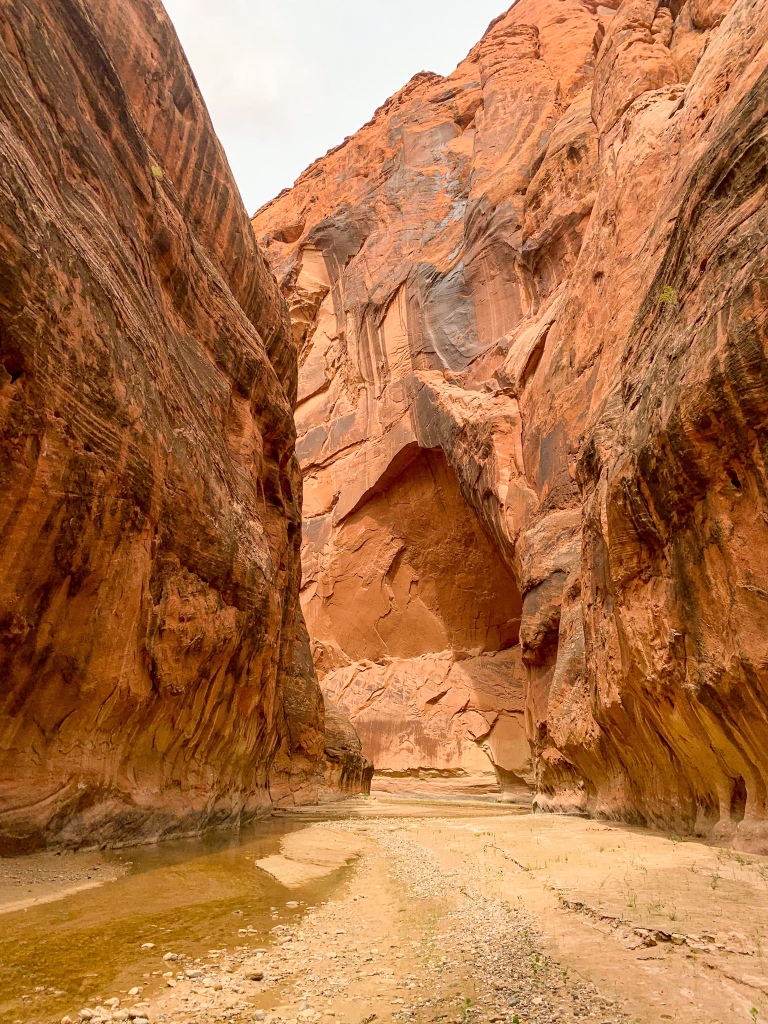
Vermilion Cliffs National Monument
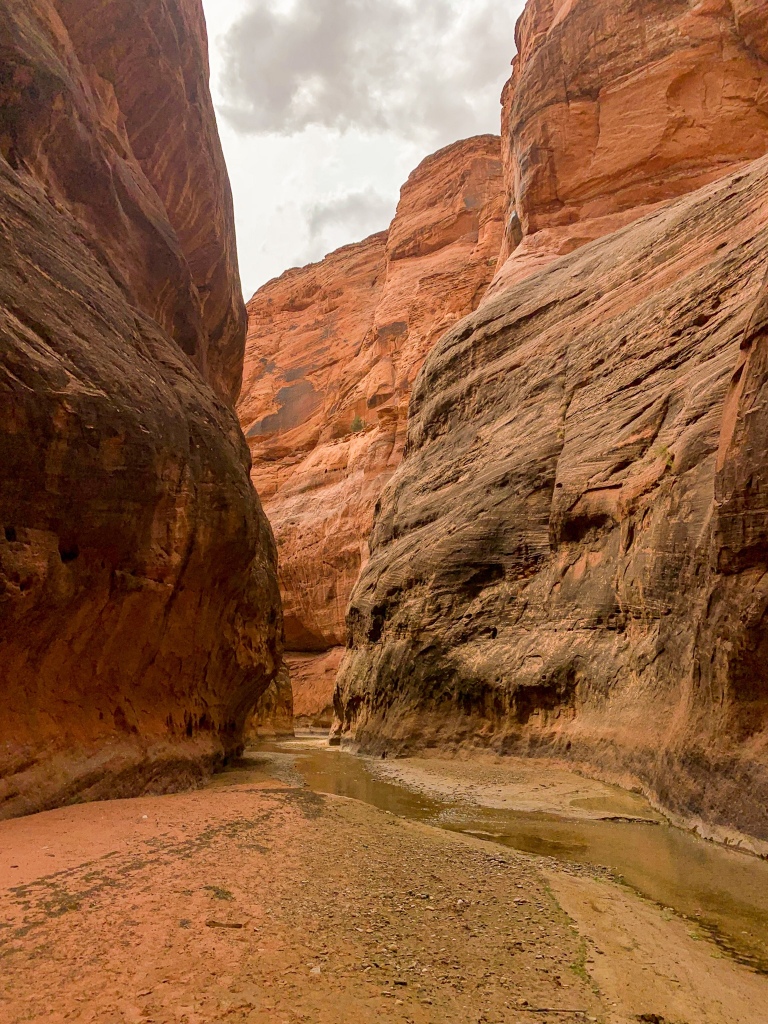
Vermilion Cliffs National Monument
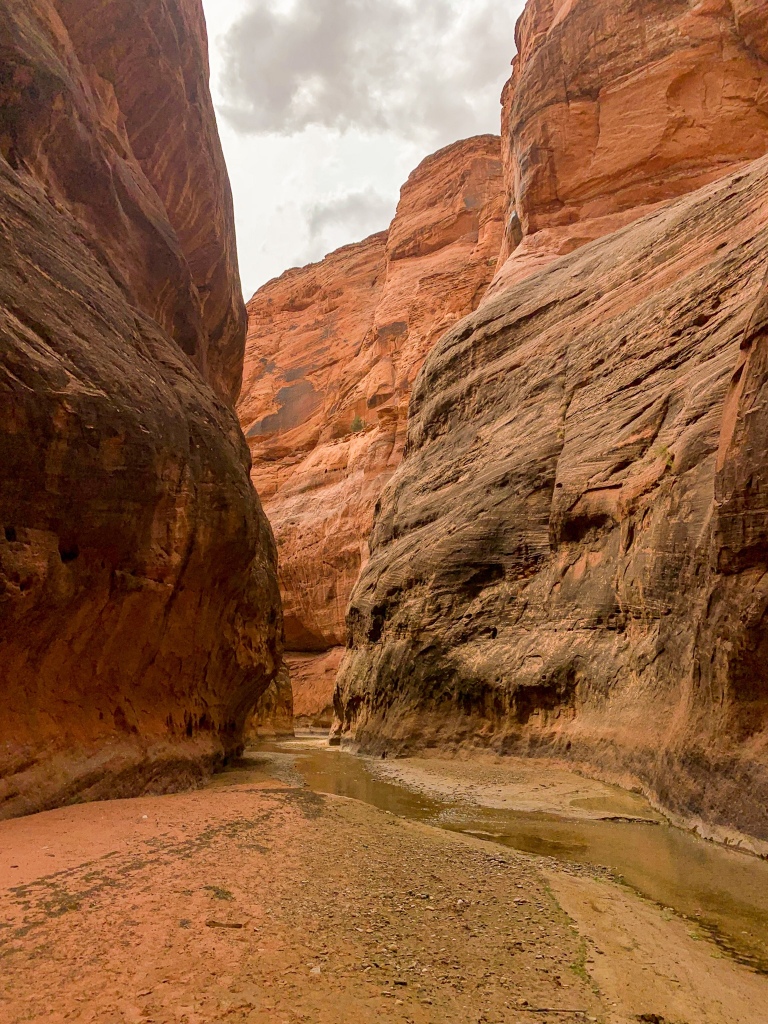
Vermilion Cliffs National Monument
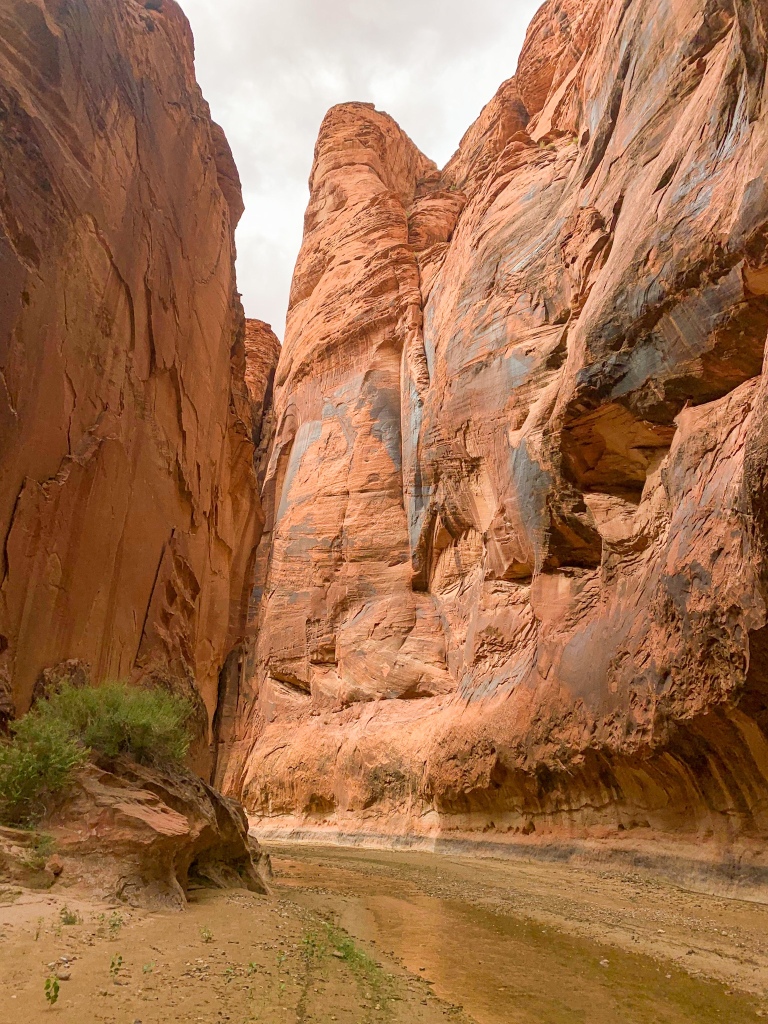
Vermilion Cliffs National Monument
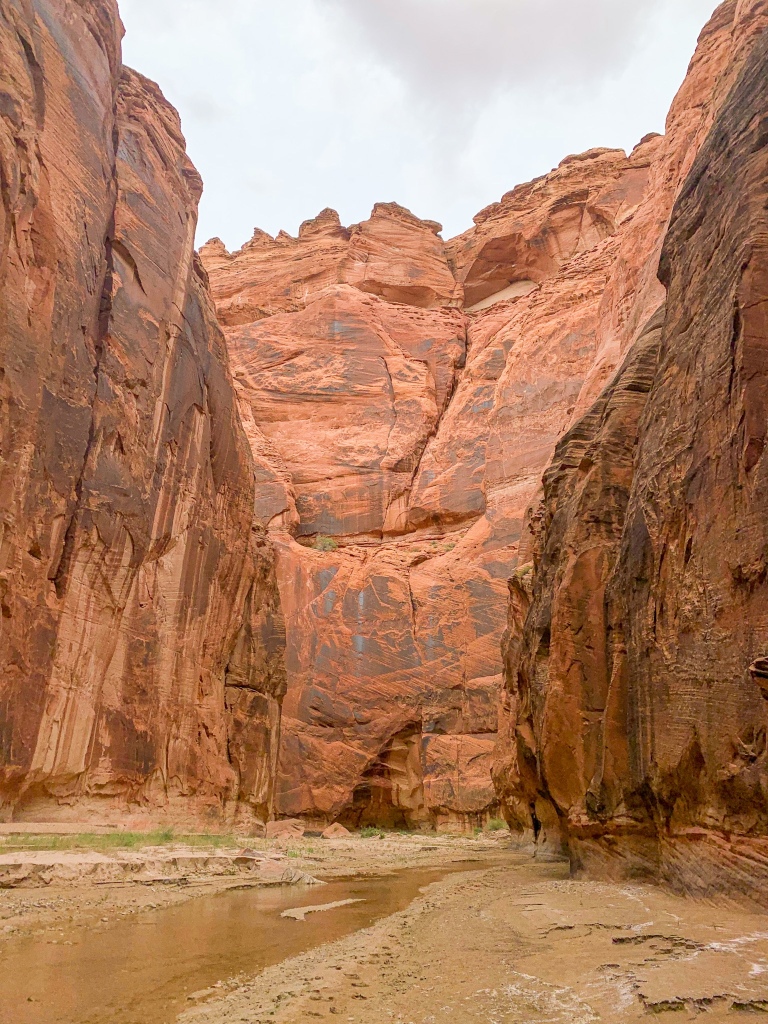
Vermilion Cliffs National Monument
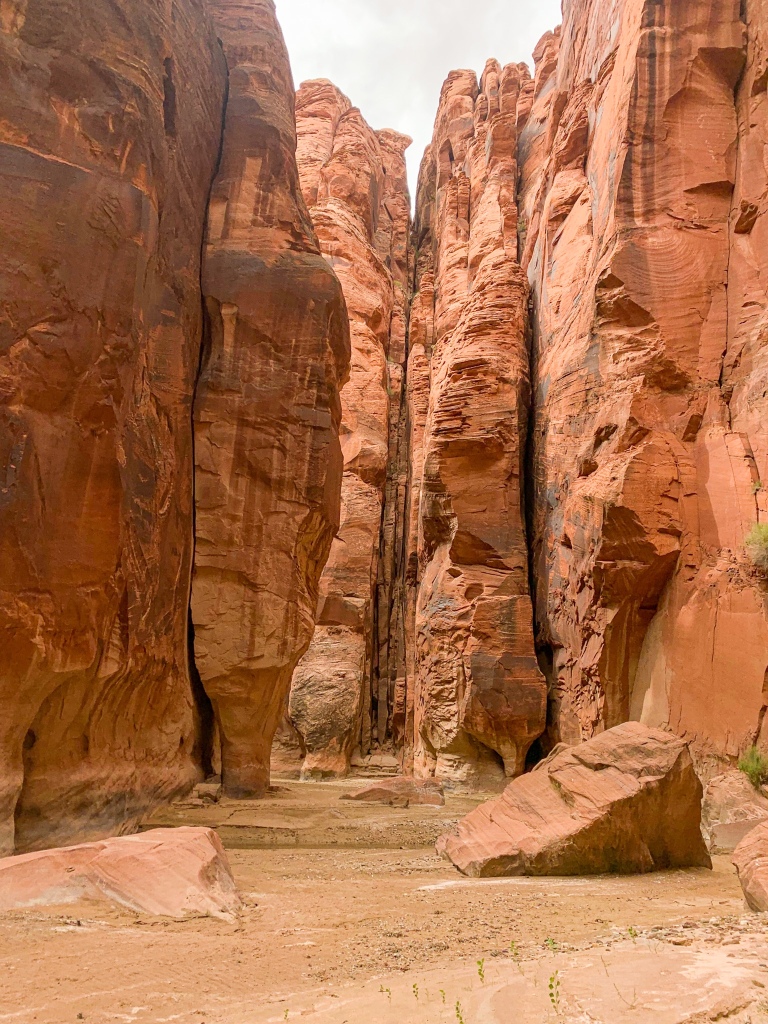
Vermilion Cliffs National Monument

Vermilion Cliffs National Monument

Vermilion Cliffs National Monument
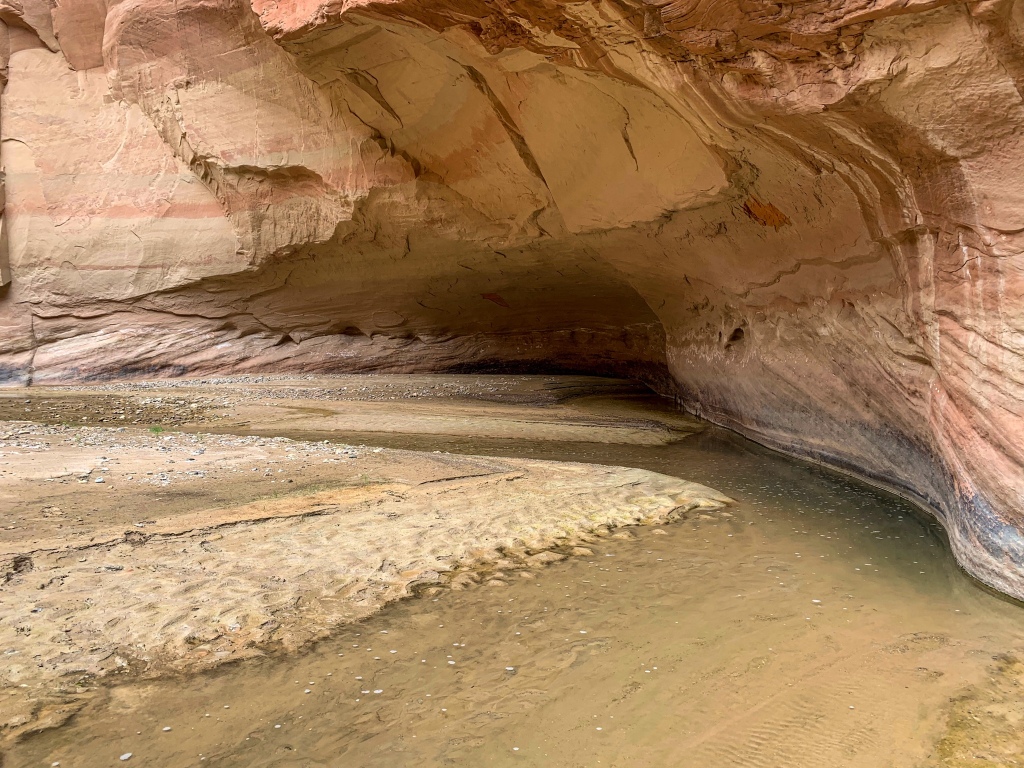
Vermilion Cliffs National Monument
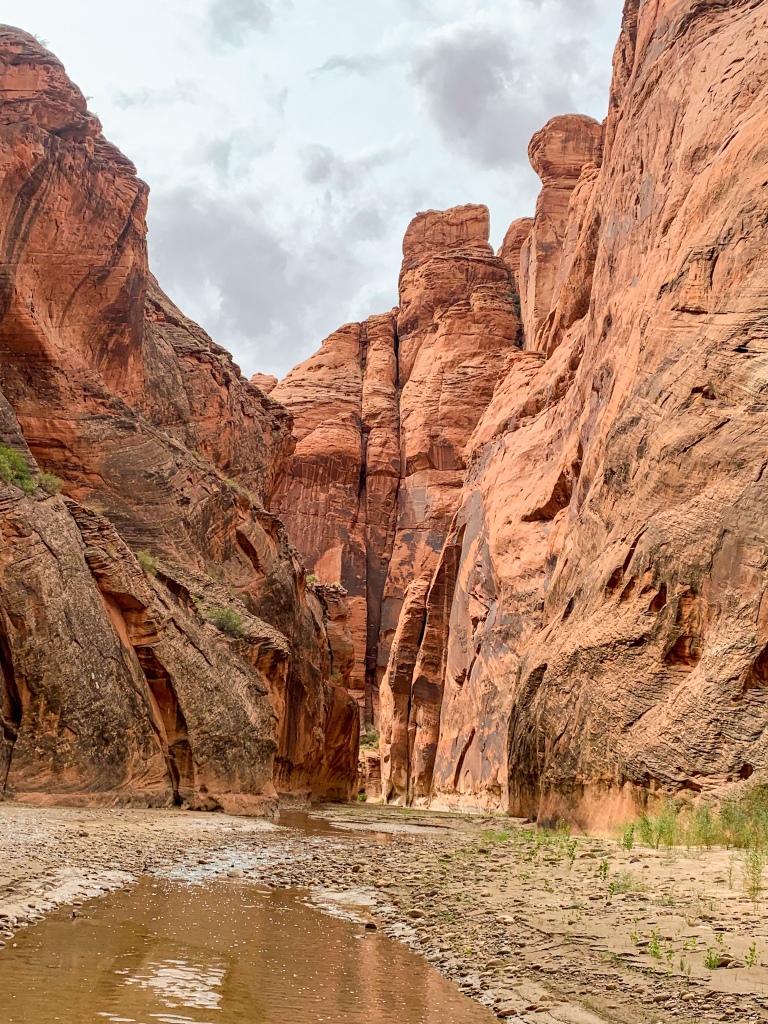
Vermilion Cliffs National Monument

Vermilion Cliffs National Monument
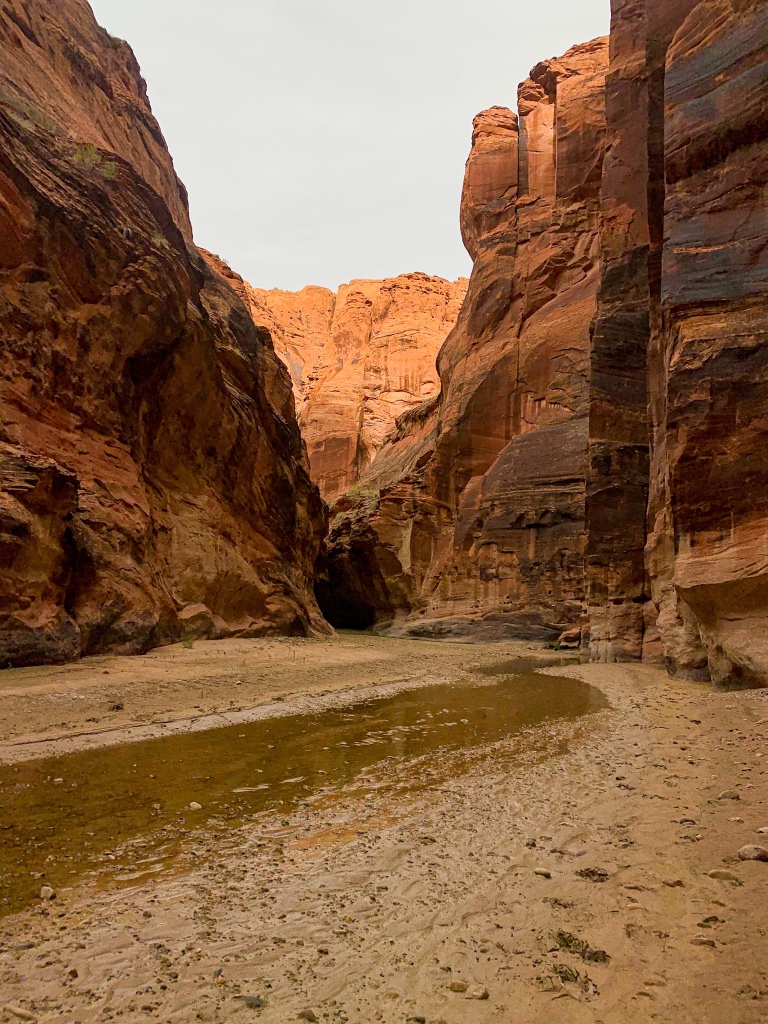
Vermilion Cliffs National Monument

Vermilion Cliffs National Monument
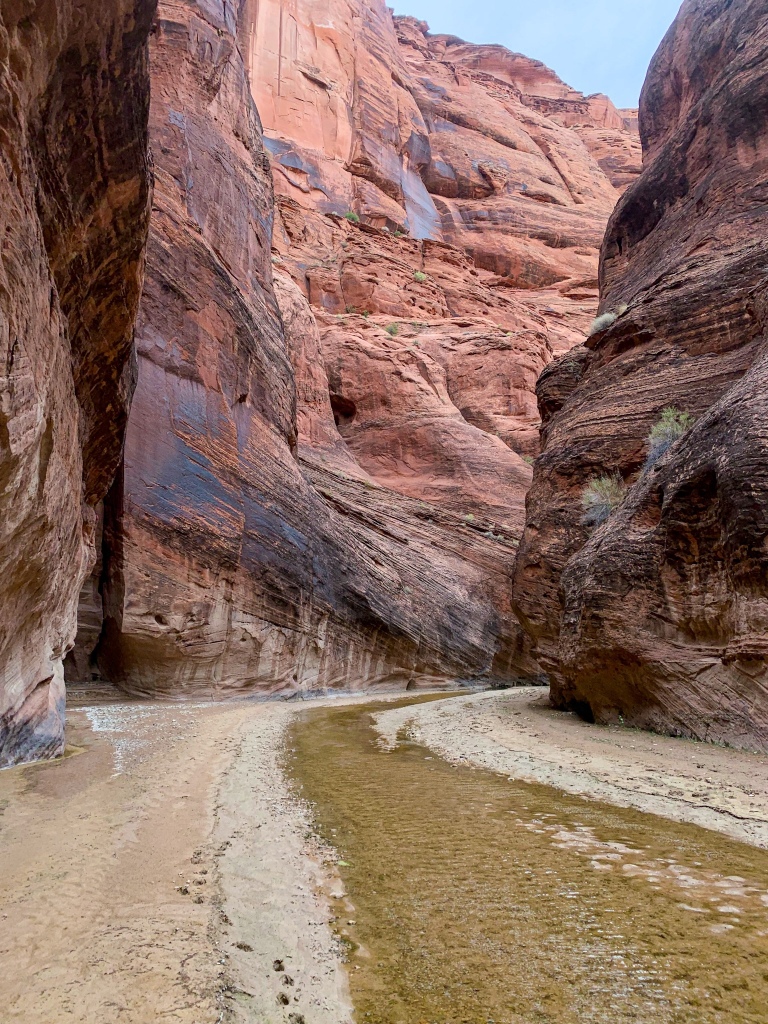
Vermilion Cliffs National Monument
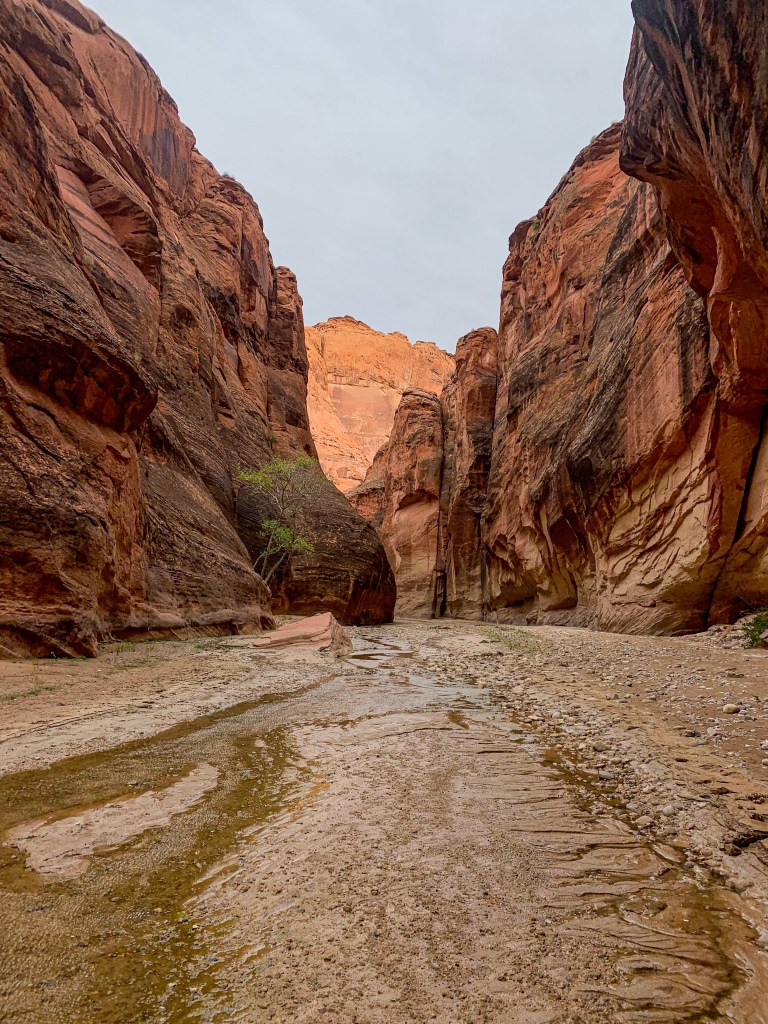
Vermilion Cliffs National Monument
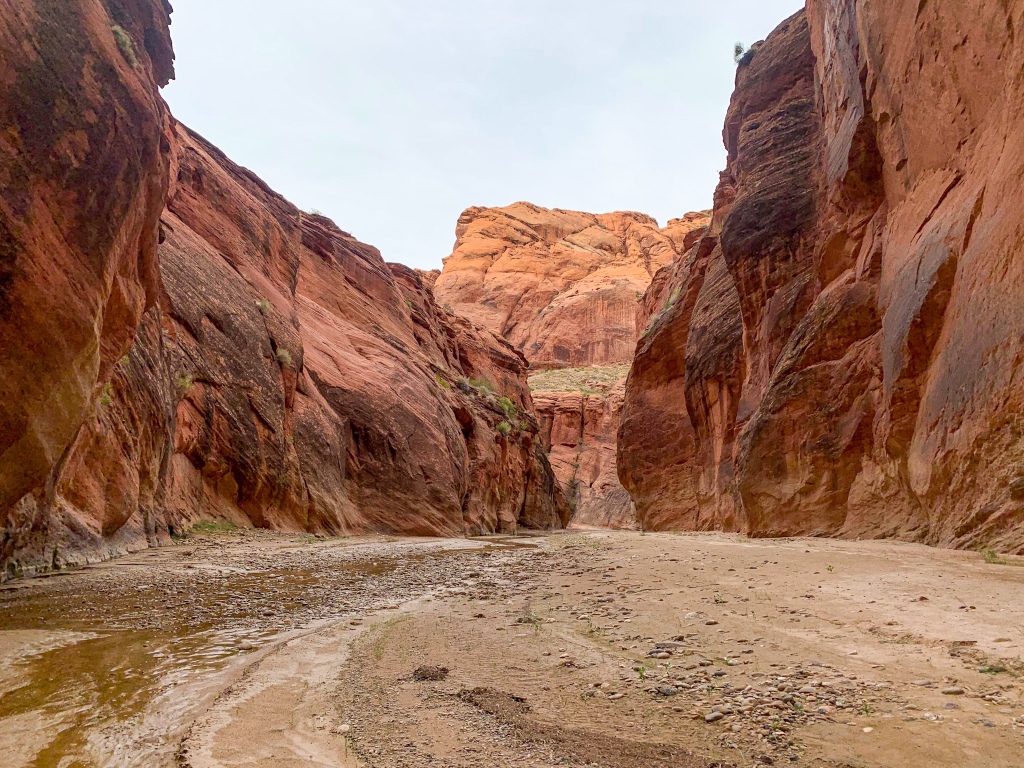
Vermilion Cliffs National Monument
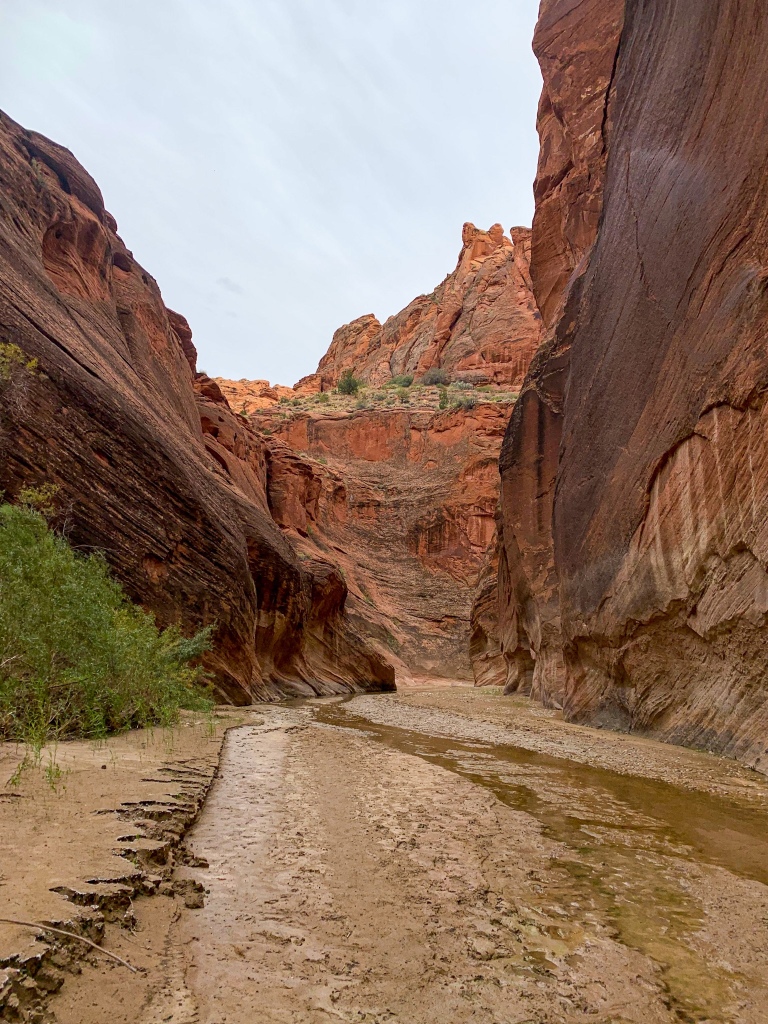
Vermilion Cliffs National Monument
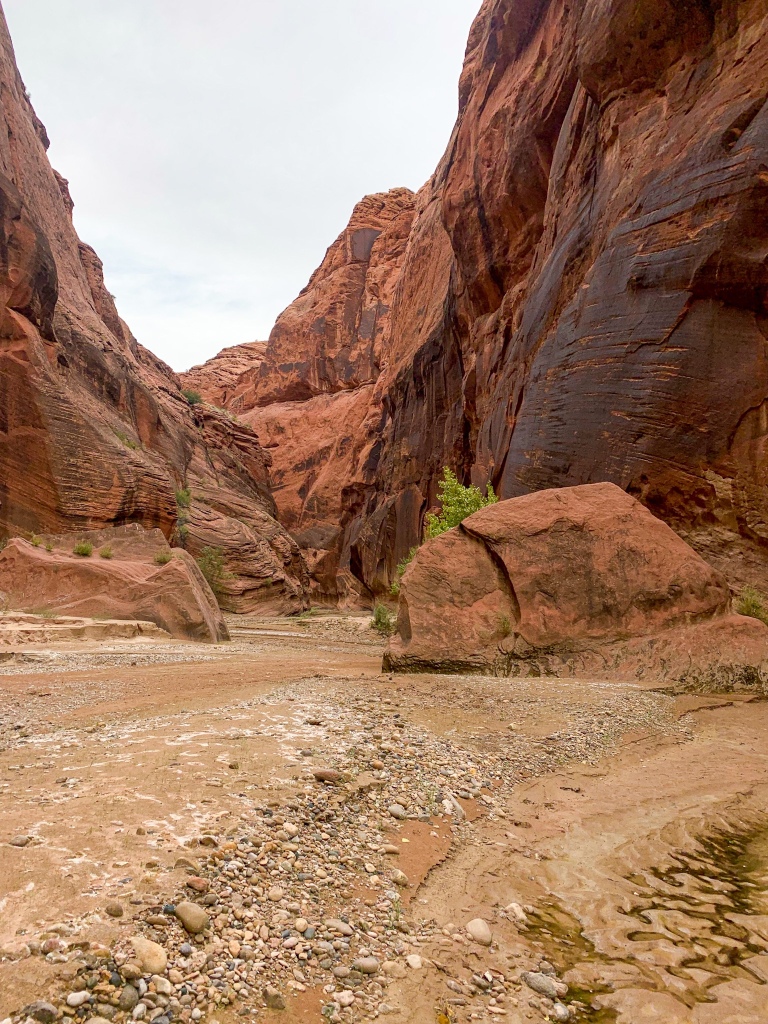
Vermilion Cliffs National Monument
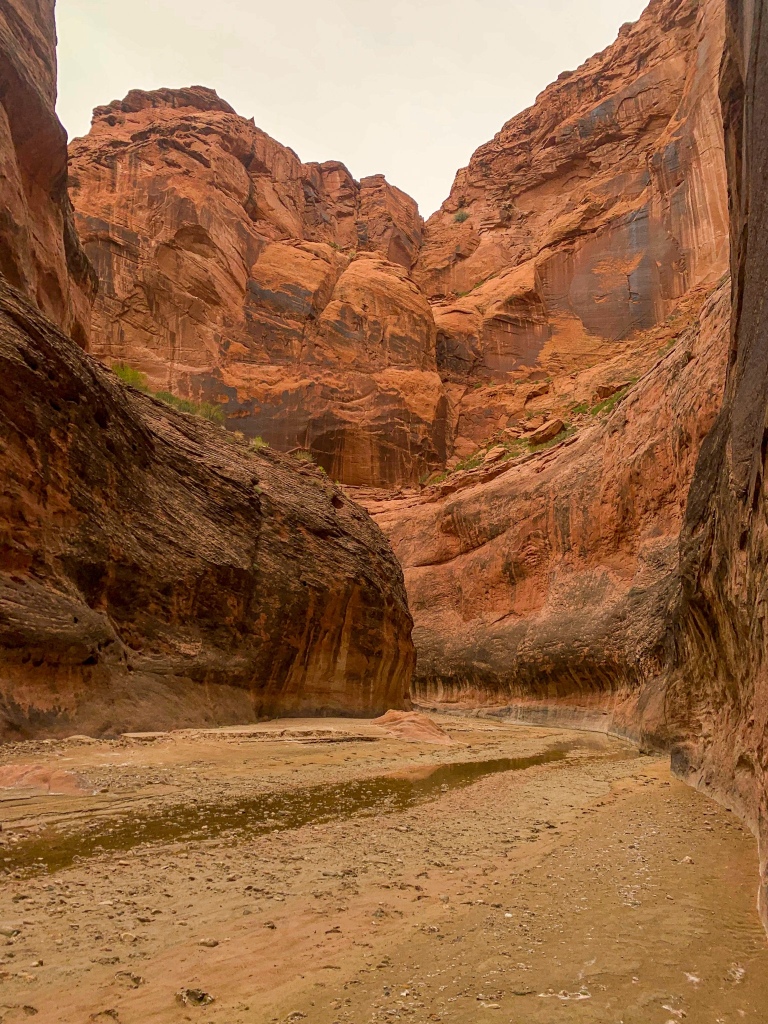
Vermilion Cliffs National Monument
Paria Canyon-Vermilion Cliffs Wilderness Logistics
| Paria Canyon-Vermilion Cliffs Wilderness | |
| BLM Information | Paria Canyon-Vermilion Cliffs Wilderness |
| Weather Forecast | Buckskin Gulch Weather |
| Trail Surface | Rustic (the river is the trail) |
| Length (Mi) | 45 (Lee’s Ferry to Wire Pass via Buckskin Gulch) 38 (Paria Canyon, Lee’s Ferry to White House) 20 (Wire Pass to White House via Buckskin Gulch) 22, approx. (Buckskin Gulch to White House) 1.8 (Wire Pass to Buckskin Gulch) |
| Season | Fall-Spring. Brutally hot in summer. |
| Potential Water Sources | Springs. Unless informed otherwise by a BLM ranger, there is likely no drinkable water in Buckskin Gulch, and the Paria River should be considered undrinkable even when filtered. Know how to recognize desert springs. |
| Trailheads | Paria Canyon North: White House Paria Canyon South: Lee’s Ferry Buckskin Gulch Middle Exit Buckskin Gulch West Wire Pass |
| Trailhead Access | Vehicular access to all trailheads |
| Wilderness | Yes |
| Possible resupply points | None |
| Difficulty | Strenuous |
| Potential campsites | Best near springs. Some higher-water campsites in north, south of Buckskin Gulch-Paria Canyon confluence. Use higher water sites if there is any risk of rain. Few to no campsites in Buckskin Gulch. |
| Threats | Flash flooding – Extreme hazard here. Know the forecast daily (an inReach or other satellite communicator helps with this). Know how to recognize the signs of a flash flood and how to react. You cannot outrun a flash flood; you must climb above it. This is not possible in Buckskin Gulch – do not enter it if storms are in the forecast during your trip. Heat – wear a cotton shirt so you can soak it. Synthetics aren’t great in the desert. Hyponatremia – “drunk on water.” To avoid, ensure adequate salt & electrolyte intake and ensure you eat as well as drink water. Symptoms are almost identical to dehydration, but drinking more makes it worse. Prevention is by far the best solution. Dehydration Hypothermia in winter, made worse by exposure to cold water Because there is no trail, there are places where boulders must be climbed around or over and at least one spot where your pack must be hauled over a boulder jab. Flash floods change the trail, shifting obstacles around, removing some and adding others. Expect the unexpected. |
| Permits Required? | Yes. 20 people max per night issued on recreation.gov . |
| Miscellaneous | Leave No Trace is different in the desert. Know desert principles and carry wag bags. |
| Cell service? | Nonexistent |
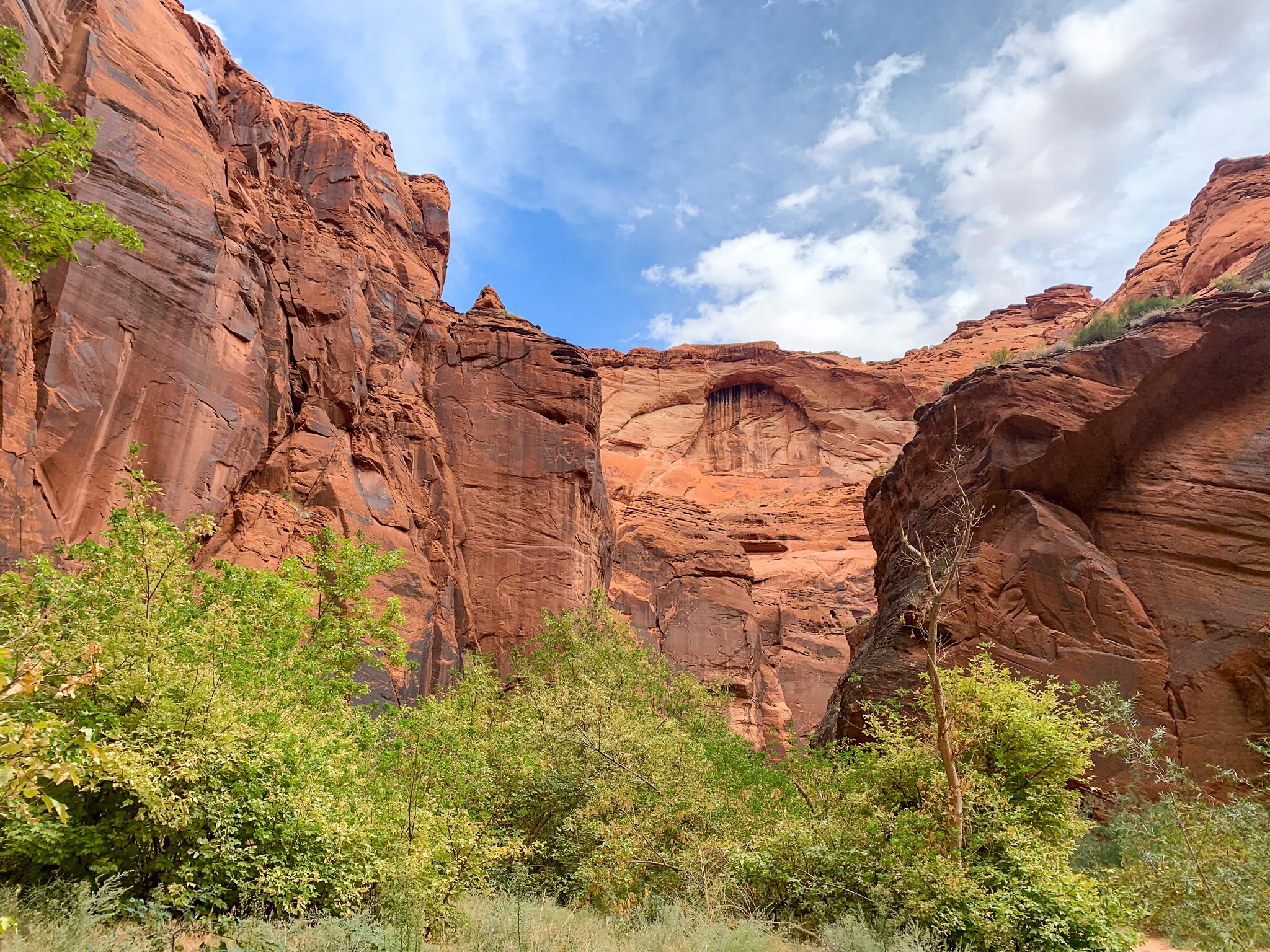
Hairstyles
Thank you for another wonderful post. The place else may just anyone get that type of info in such a perfect method of writing? I’ve a presentation next week, and I am on the search for such information.